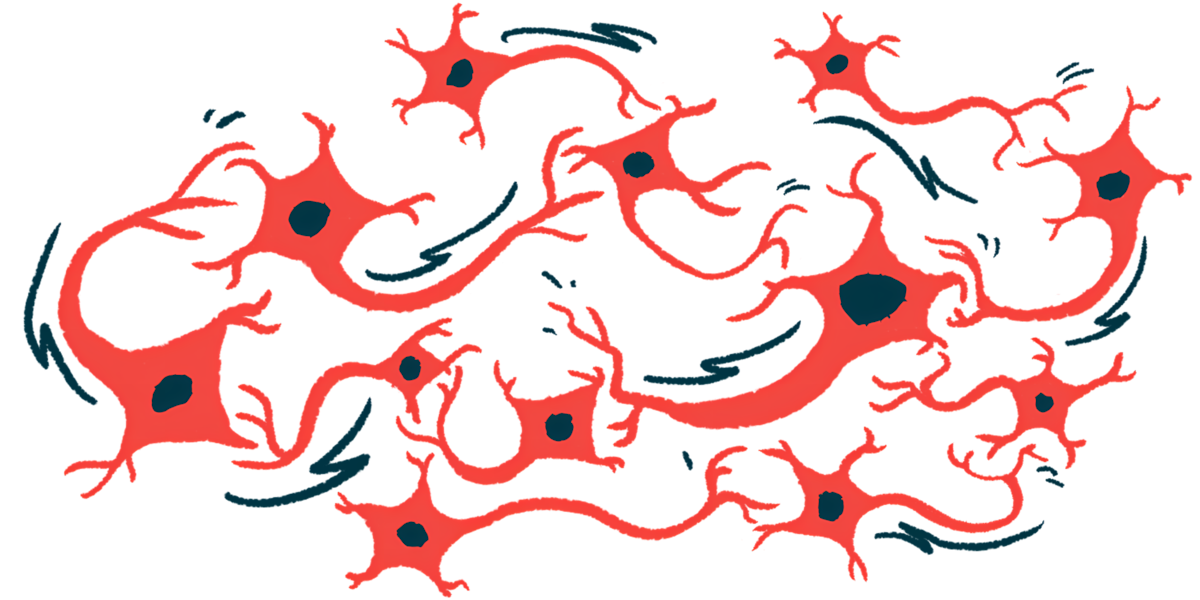Research indicates that aging significantly alters how neurons respond to stress, increasing their vulnerability to damage and potentially contributing to neurodegenerative disorders such as Parkinson’s disease. This finding emerges from a study conducted on cells and brain tissue.
“It’s the neuronal equivalent of being so stressed that you catch a cold,” stated Kevin Rhine, PhD, the study’s primary author and a postdoctoral research fellow at the Sanford Stem Cell Innovation Center at the University of California (UC) San Diego.
Published in the journal Nature Neuroscience, the study titled “Neuronal aging causes mislocalization of splicing proteins and unchecked cellular stress” sheds light on the intricacies of neuronal aging.
As individuals age, the likelihood of developing Parkinson’s and similar neurodegenerative diseases escalates, posing a significant public health challenge. Despite this, the processes occurring within aged neurons have not been thoroughly understood.
“Aging has been a black box for a long time,” noted Gene Yeo, PhD, who led the research. “Nobody is really sure what an aged neuron looks like, how it behaves, or how it’s different from a young neuron.” Yeo also serves as the director of the Sanford Stem Cell Innovation Center and is a professor at UC San Diego School of Medicine.
To investigate further, Yeo’s team reprogrammed skin cells from healthy older adults into neurons, maintaining the signs of aging, and compared these lab-grown aged neurons to brain tissue samples from both humans and mice.
The study revealed that the activity of over 4,000 genes in these aged neurons had changed. While genes responsible for RNA-binding proteins—essential for editing genetic instructions—remained present, the actual protein levels were diminished. Moreover, many of these proteins had relocated from the nucleus, where they typically function, to the cytoplasm, the cell’s fluid environment.
“We think that aged neurons are prioritizing other proteins and forgetting about the stress response and about RNA-binding proteins that keep everything running smoothly,” Yeo remarked, emphasizing that insufficient levels of these proteins hinder neurons’ ability to edit genetic instructions properly.
Another crucial protein, TDP-43, displayed abnormal behavior in aged neurons. This protein, associated with several neurodegenerative diseases, has the potential to form toxic aggregates harmful to neurons. While TDP-43 aggregation is frequently observed in amyotrophic lateral sclerosis (ALS) patients, its accumulation has also been noted in Parkinson’s cases.
Under typical stress conditions, specific proteins would relocate to stress granules, temporary storage compartments formed during cellular stress. However, in aged neurons, these proteins failed to congregate in the granules as anticipated. Notably, TDP-43 was absent from these granules, potentially illuminating the reasons behind its tendency to aggregate.
The implications of aging on neurodegeneration are substantial, as this study illustrates that aging disrupts both the mechanistic and functional aspects of RNA metabolism in neurons. The research suggests that aged neurons might already be under a constant state of stress, which further complicates their stress response and interferes with essential processes like ubiquitylation, necessary for eliminating damaged cellular components.
To ensure that their lab-grown aged neurons were representative of authentic aging in the brain, the researchers analyzed brain tissue from individuals aged 30 to 50 and from 80 to 90. Findings indicated that RNA-related pathways, particularly those involving RNA-binding proteins, were diminished in older brain tissue, consistent with the observations made in aged neurons.
In older tissues, TDP-43 was frequently mislocalized to the cytoplasm, paralleling the behavior seen in aged neurons. Additionally, signs of chronic stress were found in older brain tissues, suggesting that the modifications identified in aged neurons accurately reflect critical characteristics of aging within the human brain.
“Aging is one of the primary risk factors for neurodegeneration, and our study demonstrates that aging alone mechanistically and functionally destabilizes RNA metabolism in neurons,” the researchers concluded.

